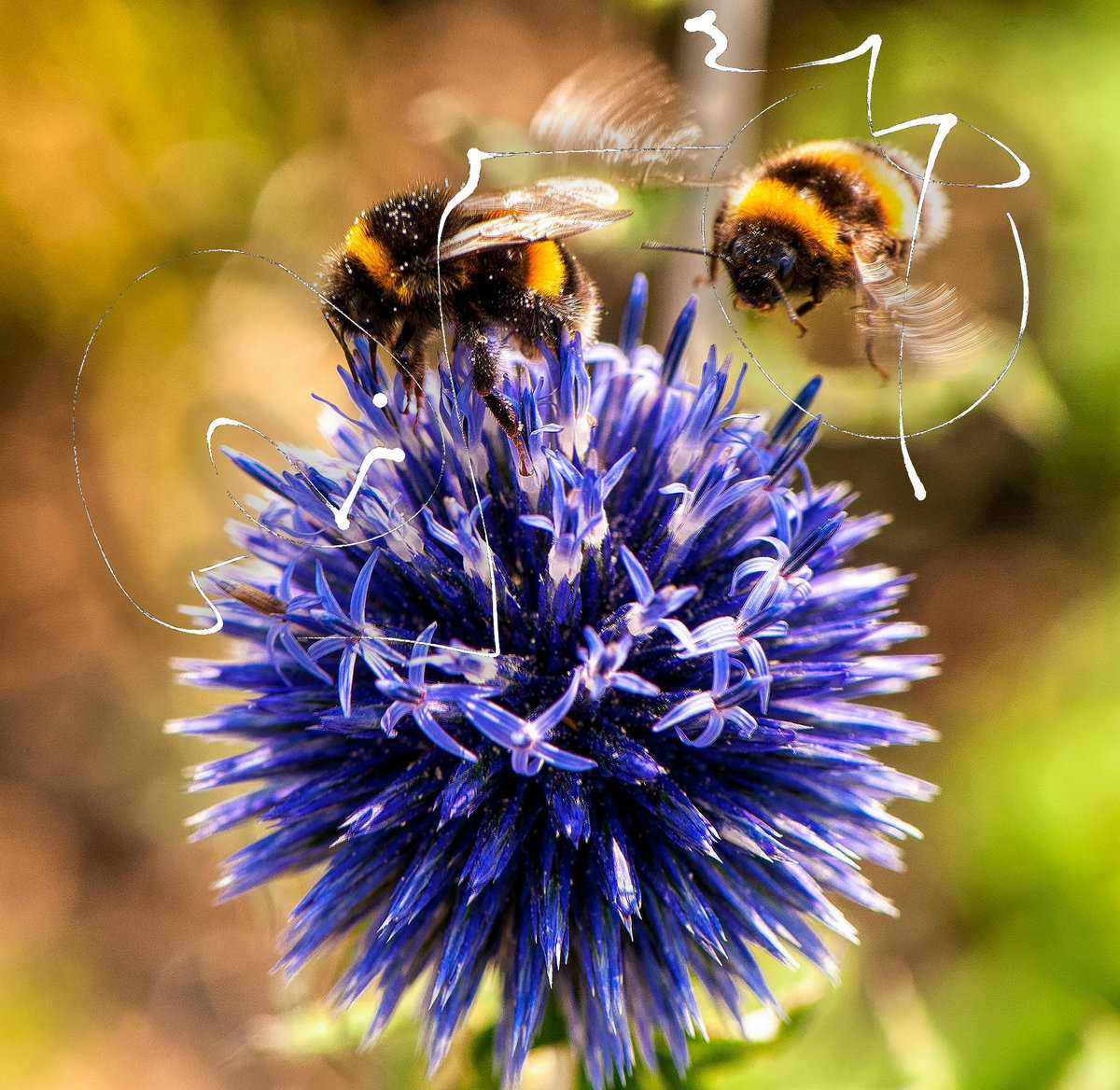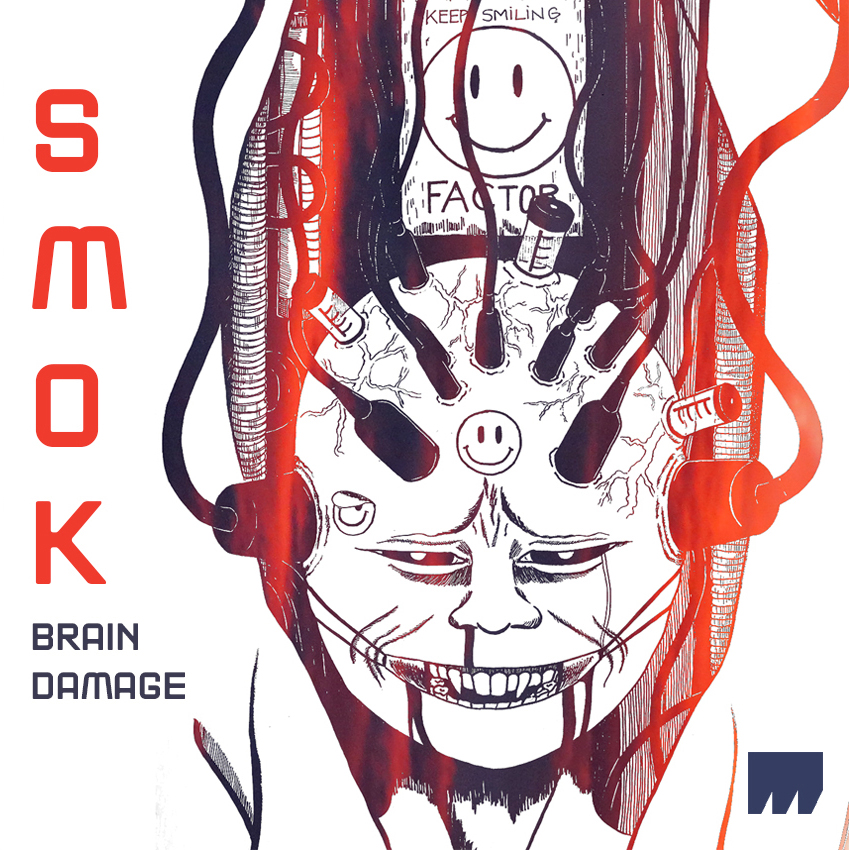Richard Scott
“Eight Studies for Copulating Blippoo Boxes”
The consistent patch-programming principle I have employed here is that of parallel cross-modulation. Each machine modulates itself, while also sending control voltages to the other while receiving control voltage signals from the other. For example, if the VCO 1 of Blippoo A is controlled by the sample and hold circuit of Blippoo B, then VCO 1 of Blippoo B will be controlled by the sample and hold of Blippoo A, and so on. So the two Blippoos influence each other in dialogic and recursively iterative ways that are impossible to calculate or predict. Because the changing patterns of the shift registers operate as a primitive form of memory, the Blippoo, in a sense, samples/remembers some of the data derived from what it has previously played and it directly draws upon that data to create subsequent events. But as this data is dynamic, the same settings on one day, or one moment, will not necessary produce the same or even similar results to the next, and the patterns and points of variation and bifurcation will vary, sometimes hugely. This programmed unpredictability is further exacerbated here, by the strategy that the settings and patching regimes are always exactly mirrored on each side – or as near exactly as analogue potentiometers and non-linearities will allow.
I made some more composerly, or at least performative, interventions in these eight studies too, especially to create beginnings and endings, occasionally adjusting a setting to preserve a degree of precision and equality between the voices; and most dramatically, occasionally switching between the two available sample and hold modes – essentially, whether the triangle wave oscillators are used as inputs sample and hold as on the original Blippoo design, or whether the shift registers are used instead; the “Benjolin”-mode – as derived from the implementation of the Rungler in Rob’s open-source DIY design. I also occasionally nudged a Rungler here and there to move things along if the machines seemed stuck. And of course, I recorded and selected the material that I found most interesting and I made some minor edits to the resultant recordings. But I refrained from the kind of gestural and interactive activity and editing which marks most of my other recordings and performances. I stress, and perhaps I risk over-stressing all this, both for the sake of transparency and also to encourage the listener to remember that while the content is curated, it is not performed, what we hear is rather the algorithms expressed through the analogue circuitry itself, as Rob Hordijk imagined and realised it.
There are many other possibilities which could be explored: for more freely assigned non-parallel and non-mirrored patching, for gestural performance, or using the Blippoos to control, or be controlled by, other voltage controlled instruments, not least Rob’s own Hordijk Modular system. Experiments with four Blippoo boxes, for example, also created some quite different results – but that is a project for another day – we have more that enough rungling to be going on with. So I have preferred to stay faithful to the original simple concept: which is to document and to present to the listener the pure dialogic interaction between two identical machines with identical settings interacting with each other in what I hope are transparent, readable, and surprising, ways.
These studies, it goes without saying, are dedicated to the memory of Rob Hordijk, whose life’s work in electronic design has had a profound and continuing influence on that of my own and many others. Life is fragile, and in 2022, at the height of his creative powers, Rob’s life was cut short by a cruel and remorseless illness which devastated his quality of life and which he was ultimately unable to resist. Those of us who were close to him will surely continue to miss his intelligence, his wit, his deep sense of history and science, his love of restaurants and his technical and musical insights deeply, and will remain inspired by his work into the future.
***
Missing the vowels? Add 9*a, 8*e, 9*i, 7*o, 3*u, 3*y.
OK, OK, here are the stripped vowels in the correct order: eeoee ui ao aii oi ueoiyiay eeaayoueaiao aiaio








